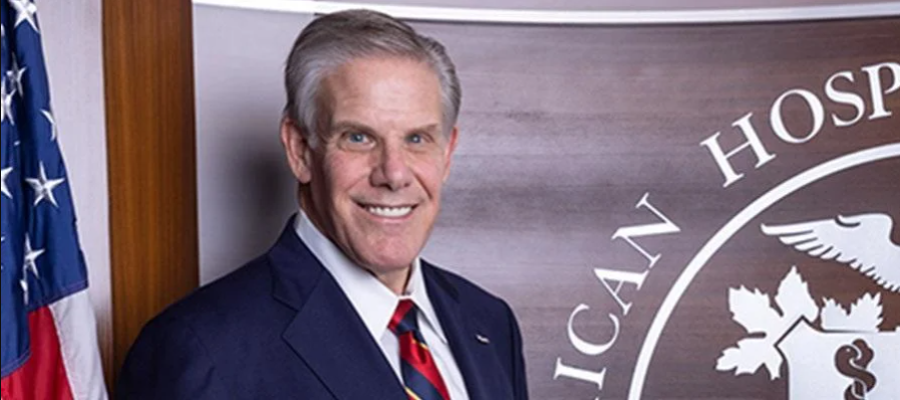Hospitals are Community Cornerstones and Advance Health in Many Ways

All of America’s hospitals and health systems are cornerstones of their communities. They not only deliver around-the-clock care and essential services to patients, but they also provide a broad range of critical health, social and other programs that advance the health and well-being of individuals and communities.
Nonprofit hospitals have special obligations to their communities in exchange for being tax-exempt. These hospitals report the amounts they spend on community benefits yearly and conduct a community health needs assessment in conjunction with their community at least every three years.
According to a new analysis for the AHA by the international accounting firm EY (also known as Ernst and Young), nonprofit hospitals and health systems are meeting — and exceeding — the requirements and expectations that are attached to the privilege of tax exemption.
The EY study shows that tax-exempt hospitals and health systems delivered $10 in benefits to their communities for every dollar’s worth of federal tax exemption in 2020, the most recent year for which comprehensive data is available. This represents an increase from $9 in benefits the prior year despite serving on the front lines of a once-in-a-century pandemic.
Breaking it down, in 2020, the estimated federal tax revenue forgone due to the tax-exempt status of nonprofit hospitals was $13.2 billion. However, the benefit that tax-exempt hospitals provided to their communities, as reported on the Form 990 Schedule H, was estimated to be $129 billion, almost 10 times greater than the value of tax revenue forgone. That’s a tremendous return on investment by any standard.
Those benefits take many forms that improve the lives and health of individuals, families and communities.
For example, $57 billion was for financial assistance for patients in need, including charity care, unreimbursed Medicaid, and other unreimbursed costs from means-tested government programs.
Other benefits include a range of programs and services designed to meet the health needs of their communities. These include help with housing, accessing healthy food, providing educational programs and health screenings, transportation to needed medical appointments, vaccination clinics and other programs to address the needs that affect their community’s health and well-being.
In addition, hospitals and health systems support emergency preparedness for all types of disasters, provide education and training for the next generation of caregivers, and invest in cutting-edge technology and medical equipment to ensure access to high-quality care.
As part of AHA’s Telling the Hospital Story efforts, we continue to highlight the incredible work being done by all hospitals and health systems across the country. You can see examples of inspirational stories, innovative programs and community partnerships that are making a real difference in people’s lives.
Advancing health for patients and communities will always be at the heart of the mission of hospitals and health systems. They demonstrate it every day in many ways.

